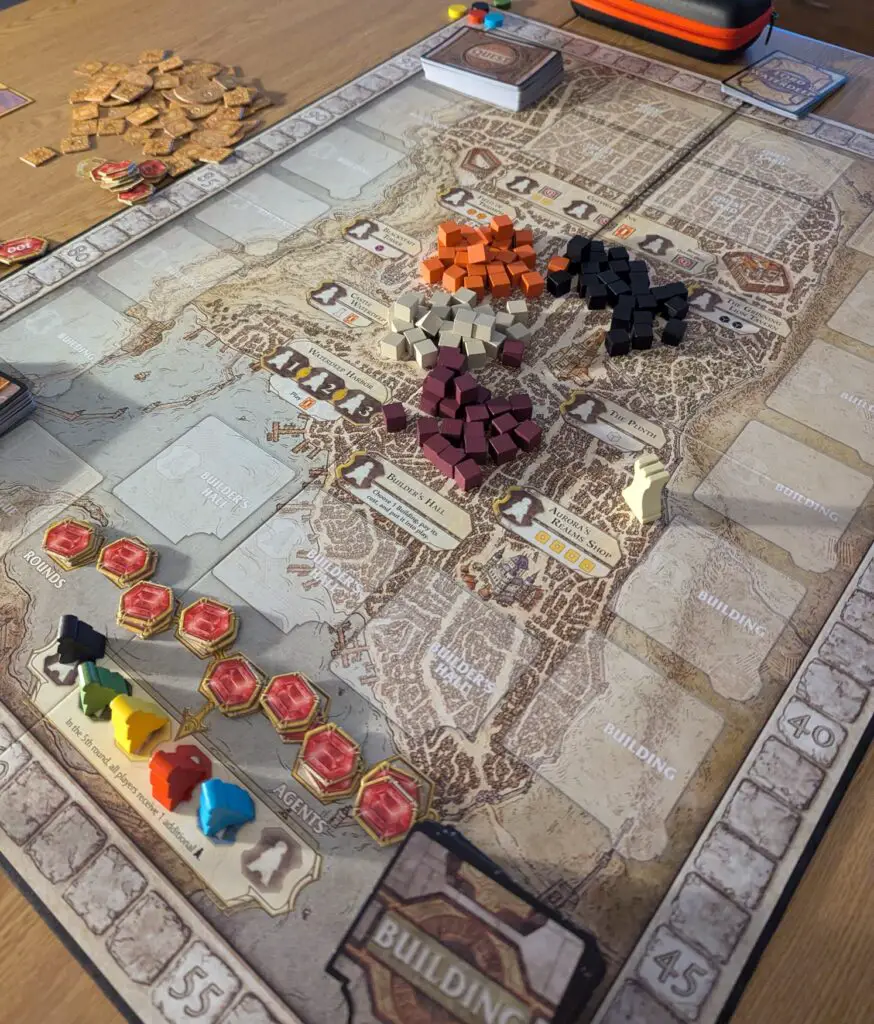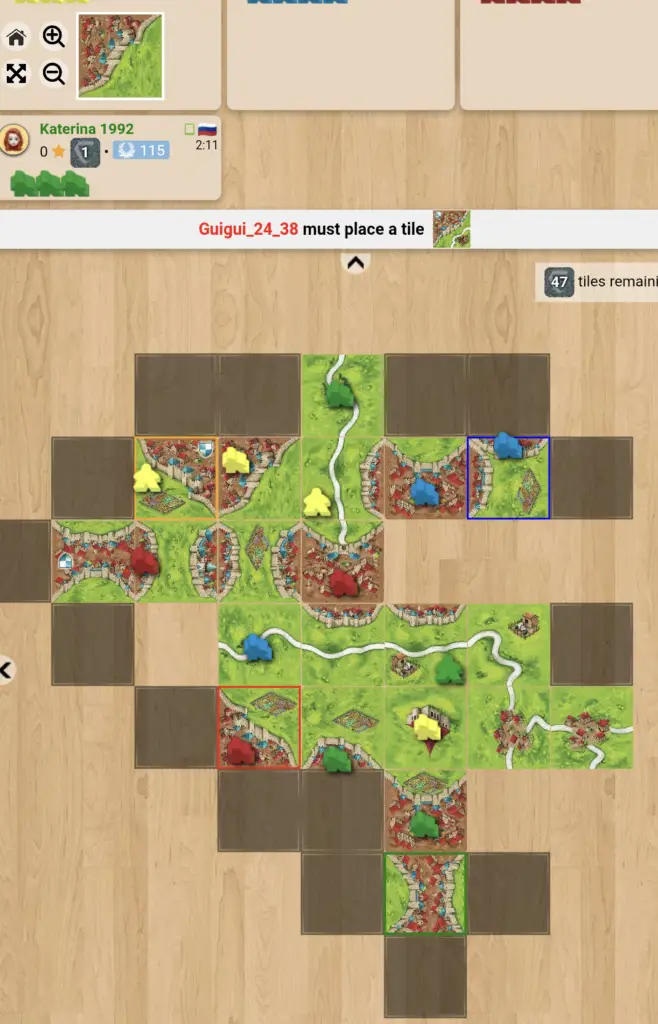What are Worker Placement Games?

In essence, worker placement games involve players strategically placing their “workers” (which can be meeples, cubes, or any other representative) on various spaces on the board. Each space typically offers a specific action, such as gathering resources, building structures, or advancing on a track.
Once a player places their worker, they perform the action associated with that space. However, there’s a catch! Other players can’t place their workers on the same space, forcing you to carefully consider your moves and anticipate your opponents’ strategies. This creates a dynamic and often cutthroat competition for the most valuable actions.
Popular Examples of Worker Placement Games:
- Lords of Waterdeep: In Lords of Waterdeep, players take on the role of influential figures in the city of Waterdeep. They place their agents (workers) to complete quests, build districts, and amass political influence. Players of Dungeons and dragons will be familiar with the legendary city of splendours but no knowledge of D&D is required to play.
- Carcassonne: (Pictured below on Board Games Arena) While primarily known for its tile-laying mechanism, Carcassonne also incorporates worker placement elements. Players can place their meeples on completed roads, cities, and fields to claim points.
- Stone Age: This engaging game sees players leading their tribes through the Stone Age. Workers are used to gather resources, hunt animals, and develop technologies, ultimately leading to victory.
- Agricola: In this challenging and rewarding game, players strive to build a thriving farm and feed their growing family. Workers are used to cultivate fields, raise livestock, and expand their farm.

Why are Worker Placement Games so Popular?
The appeal of worker placement games lies in their strategic depth and replayability.
- Strategic Depth: The constant decision-making, from choosing where to place your workers to optimizing your turn order, keeps you engaged and thinking on your feet.
- Player Interaction: While not always direct confrontation, worker placement games often involve indirect competition as players vie for the best actions and resources.
- Engine Building: Many games in this genre allow players to gradually build more efficient engines, making each subsequent turn more powerful.
Ready to Give it a Try?
If you’re looking for a new challenge at your next game night, I highly recommend giving some worker placement games a go. With a diverse range of themes and complexities to choose from, there’s something for everyone. So grab some friends, pick up a game, and enjoy the fun!
